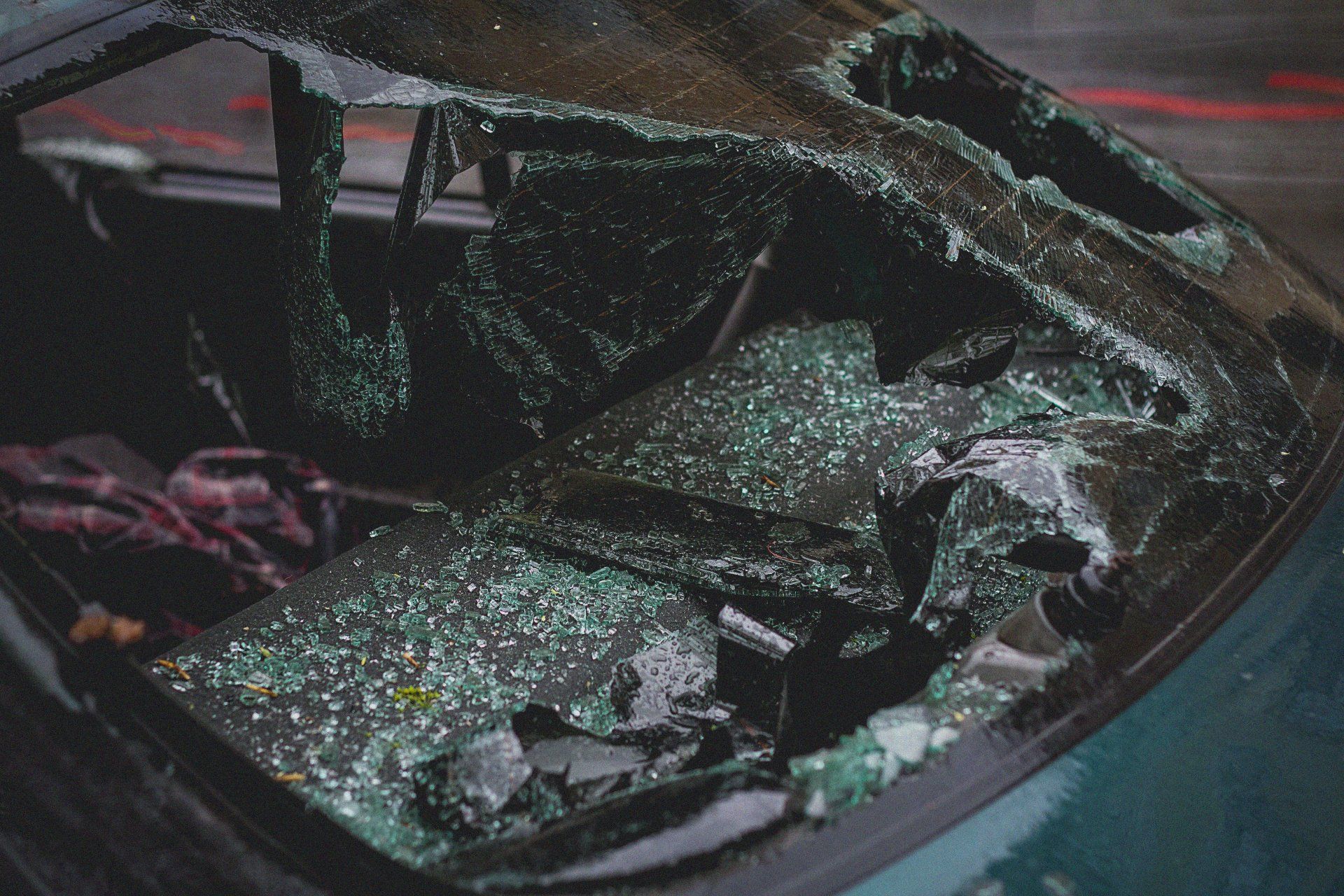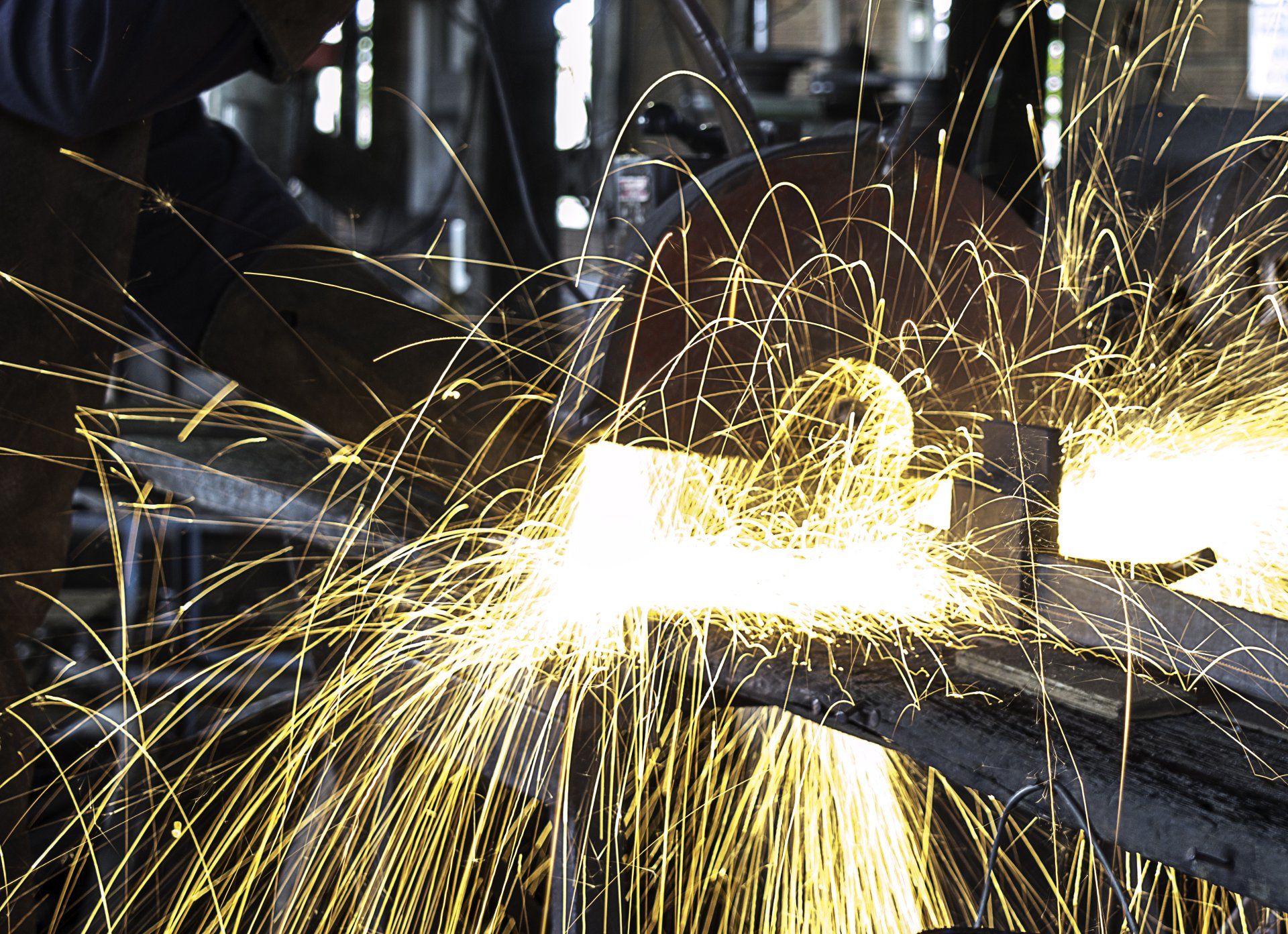Two Occupants Ejected and Killed Following Icy Car Accident
Two people were killed on Thursday, Feb. 18th, when the vehicle they were traveling in overturned as a result of icy roads. Both the passenger and driver of the vehicle were ejected and killed in the crash.
While it hasn’t been reported whether or not the individuals were restrained, statistics showed that seatbelt use can cut the likelihood of ejection considerably.
The Accident
Troopers with the Texas Department of Public Safety (TXDPS) report that they were called to the scene of a crash roughly 3.3 miles west of Hillsboro on SH-22. According to the officers, the collision was likely the result of a loss of control caused by icy road conditions.
The vehicle involved was a Mitsubishi Montero.
The 58-year-old female driver was traveling eastbound on SH-22 when her vehicle reportedly slid off the side of the roadway and overturned. In the process, both occupants were ejected from the car. Both occupants were pronounced dead on the scene.
Details of the incident are limited, and the identity of the passenger will reportedly not be released until the next-of-kin has been notified.
Buckle Up to Cut Your Chance of Ejection
Most of us assume that accidents involving ejections are likely to lead to more severe injuries, and indeed, the data backs up this assumption. According to exhaustive research conducted by the National Highway Traffic Safety Administration , while just 33% of non-ejected car accident victims are killed, more than 77% of ejected victims suffer fatal injuries.
Perhaps the biggest contributing factor to ejection accidents is seatbelt-usage. From 2003 to 2007, only 2% of passengers who were wearing seatbelts during a crash were ejected. In comparison, more than 35% of those who failed to buckle up before their crash were ejected.
As you can see, the danger of ejection accidents is a strong argument for seatbelt use. However, the benefits of and reasons to wear safety belts don’t stop there.
Even if for some reason you think that safety isn’t a good enough reason to wear a seat belt, there are many financial arguments for restraint use, as well. In Texas, failure to wear a seatbelt can lead to fines and costs of up to $200. Drivers who fail to properly restrain children under 8-years-old can face fines up to $250.
Not only this, but a court may also award less compensation to car accident victims who failed to wear a seat belt during their crash. As of 2015, the Texas Supreme Court ruled that a claimant’s failure to use a seatbelt could be submitted as proof in a car accident suit. The landmark ruling dealt with a case in which the lone survivor of a 7 fatality car accident was the only one wearing a seat belt.
The good news is, Texans actually have a pretty good record when it comes to seatbelt use. In 2011, the Texas A&M Transportation Institute found that 94% of Texas drivers and front-seat passengers were using their safety belts. This percentage represented a nearly 15% increase in usage over ten years. This trend shows Texans’ long-term dedication to buckling up.
If you’ve been injured in a Texas truck or car accident, contact the Houston car accident attorneys of Lapeze and Johns, PLLC , to learn about your options for financial relief.
Source : KWTX




